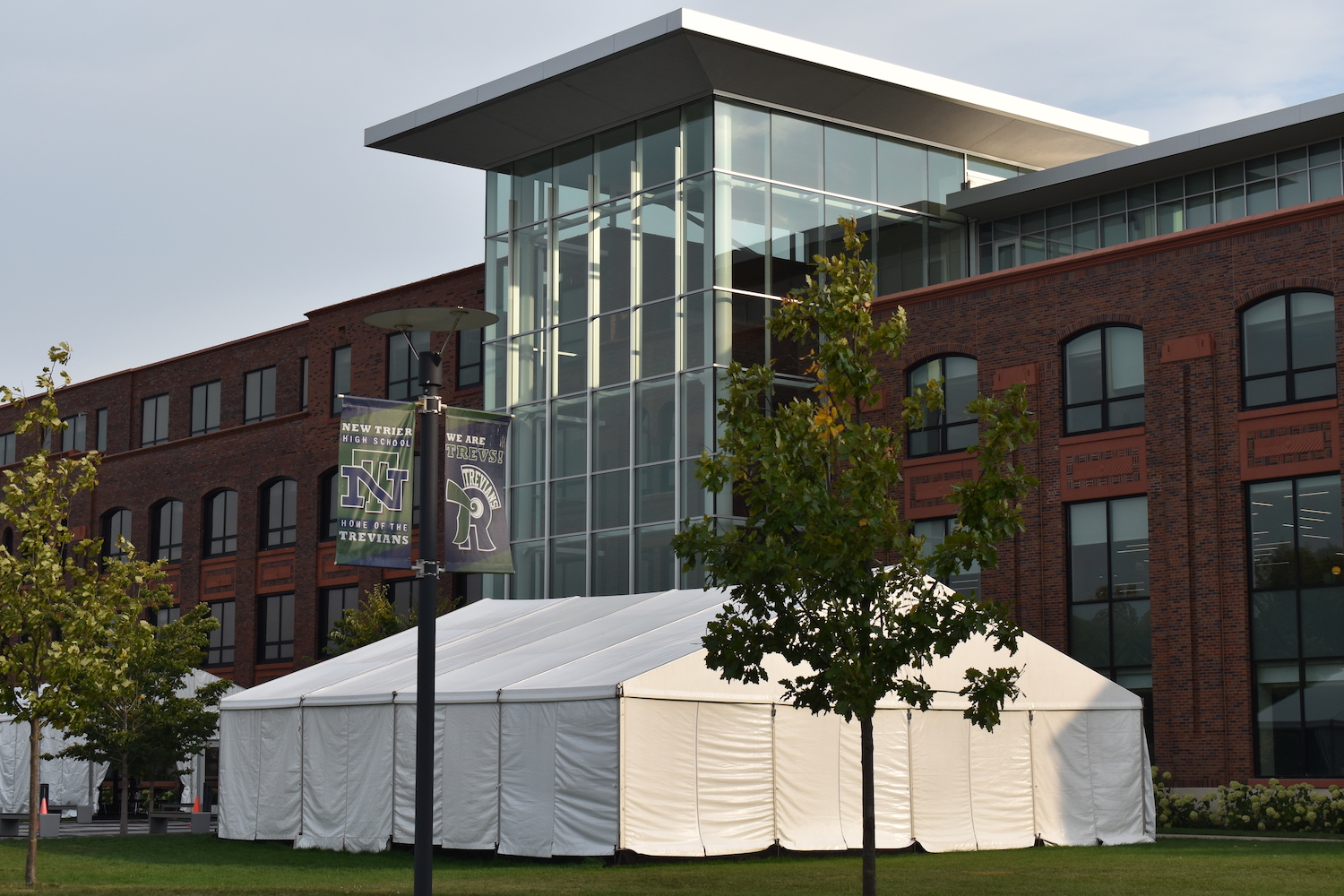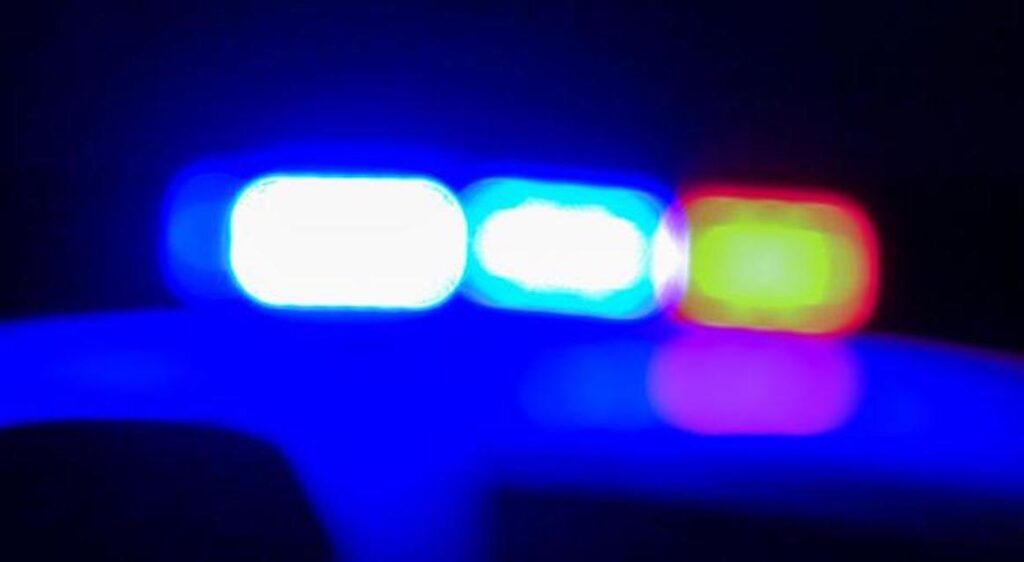
Optional saliva-based COVID-19 screening coming to New Trier
Program could cost district $1.26M, allow for more in-person learning, officials say
New Trier students and staff will soon have a new safety measure in place that’s aimed at getting students back in the classroom quicker and safer.
The New Trier Township High School District 203 Board of Education approved Tuesday, Oct. 13, a plan to offer students and staff members weekly COVID-19 tests that return same-day results.
Board members unanimously greenlighted a contract with SafeGuard Screening LLC to provide saliva surveillance screening, or RT-LAMP (Reverse Transcription Loop-mediated Isothermal Amplification), which requires participants to collect samples at home and return them to specified dropoff areas at the school.
The district and board hope the testing, which will be in use within 30 days, limits pausing in in-person learning, like the district administered this week.
“This to me changes the game a lot, because we have some very local data,” Superintendent Paul Sally said at the meeting. “… These are good thresholds in terms of keeping those that are infectious out of our building. Once we are able to increase our confidence in that through testing, I think it opens a lot of possibilities for what we can do in person.”
The district will offer the screening free of charge to families and staff. Each test costs about $11, and the district hopes for a 90 percent rate of participation. Depending on how many students and staff are participating in in-school learning, the cost of weekly testing for the district is anywhere between $561,300 to $1.26 million this school year.
Asst. Superintendent Chris Johnson said the number will be at least partially offset by no class travel, professional conferences, event hosting and more in 2020.
“We want to be as close to a balanced budget as possible,” he said.
Board member Carol Ducommun wanted to make sure the money was spent wisely, saying that the testing wouldn’t prevent in-person pauses if the district’s metrics remained the same.
Currently, the district strictly follows metrics relating to the infectious rates of New Trier Township and surrounding zip codes where the district’s staff lives. Those two numbers are what caused the district’s in-person pause on Monday, Oct. 12.
Ducommun and other board members pointed out the rates in surrounding zip codes are out of the district’s control and could still force a shutdown if the protocol wasn’t amended.
Sally said a weekly test would allow the district to be more confident in a safe environment than the infectious rate in the outer community. He assured board members that the Reopening Advisory Board and district administration would adjust its metrics accordingly if the saliva testing was approved.
The saliva test is nondiagnostic, so a positive test would still need to be confirmed by a doctor, according to the district.
The testing is currently in use in other suburban districts, like LaGrange D102, a six-school elementary district in the west suburbs. New Trier is partnering with Glenbrook North and Glenbrook South on the program, pending approval from D225.
The test’s adaptor Dr. Ed Campbell said the test has yet to produce a known false positive or false negative.
SafeGuard was one of several screening options reviewed by the district, but it had the least expensive cost and the quickest turnaround time. And Campbell said his 30-day promise was conservative and the tests may be available sooner.
According to Sally, test participants will receive a semester’s worth of tubes and labels, which identify students by code not name to protect anonymity.
Students and staff members would then collect saliva with the tube, seal and label the tube, and return it to a monitored dropoff site on school grounds by 9 a.m. The completed screenings will be taken to the lab by 11 a.m., with results coming back within 24 hours — though, many times results are available before the end of the day, the district says.
New Trier conducted a pilot of the program using samples from selected students and staff during the week of Oct. 5. The district says in an email that the pilot “went smoothly, with same-day results and no presumptive positive tests.”
The next steps include determining the most effective testing schedules, setting procedures for sample dropoffs at each campus, solidifying the distribution of supplies, and producing communication materials for families and staff, the district says.
District officials must also decide if it should offer screening to all students and staff, or only those who have opted for in-person work, instruction and activities, per the email.
The announcement of the program comes two days after the district paused its hybrid instruction plan that called for 25 percent in-person learning and returned to all remote learning until at least Oct. 20.
Stage 4 of the district’s reopening plan, which welcomed up to 25 percent of students learning in-person on campus, commenced Tuesday, Oct. 6. Since the school’s return to in-person learning, officials have reported a continual increase in positive cases.
New Trier has 12 active students cases of COVID-19 as of Oct. 13, according to its dashboard. The district reported five student cases as of its return to in-person learning on Oct. 6. The school also has one active case among staff members, per its data, up from zero at the start of the week.
One hundred and fifty-six students, approximately 3.9 percent of the school’s student population, are currently in quarantine — nearly triple the amount at the start of the week. Twenty-two staff members, which totals 3 percent of the school’s staff, are also in quarantine.
The district’s hope is to return to 25 percent in-person learning on Tuesday, Oct. 20, according to Sally.

Joe Coughlin
Joe Coughlin is a co-founder and the editor in chief of The Record. He leads investigative reporting and reports on anything else needed. Joe has been recognized for his investigative reporting and sports reporting, feature writing and photojournalism. Follow Joe on Twitter @joec2319


